1410, PARKSON, 44-60 ZHONGSHAN ROAD, QINGDAO, CHINA
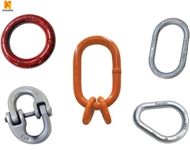 Links and rings are a rather basic type of rigging hardware, consisting of just a single metal loop. Maybe you’ve seen a master ring lying around the shop or an oblong link hanging from a crane hook. However, if you’re new to the rigging industry or haven’t used a link or ring before, it may not be entirely clear why these simple devices are so essential when rigging an overhead lift.
Links and rings are a rather basic type of rigging hardware, consisting of just a single metal loop. Maybe you’ve seen a master ring lying around the shop or an oblong link hanging from a crane hook. However, if you’re new to the rigging industry or haven’t used a link or ring before, it may not be entirely clear why these simple devices are so essential when rigging an overhead lift.
What are Links and Rings?
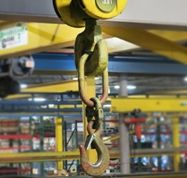
Links and rings are basic but essential components in lifting and rigging applications. They’re closed-loop devices—similar to an eye—that are used to make connection points in rigging and sling assemblies.
Links and rings are commonly used as the connection point in multiple-leg sling assemblies—typically chain or wire rope. They may be used as the connection point for one, two, three, or four sling-leg configurations.
Master links and rings—oblong master links, master rings, and pear-shaped master links—are also referred to as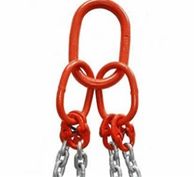 collector rings or collector links, as they “collect” multiple sling legs into a single link.
collector rings or collector links, as they “collect” multiple sling legs into a single link.
In addition to use in sling assemblies, links and rings can also be used as a connection point between virtually any two parts of a rigging assembly. For example, you may use a link or ring to connect a:
Shackle to a crane hook
Sling to a hook
Link to a sling hook
Types of Links and Rings
There are several different types of links and rings that can be used in an assembly. The most commonly used types of links and rings are:
Oblong master links
Master link sub-assemblies
Pear-shaped links
Master rings
Coupling links
---Oblong Master Links
Oblong master links are oblong, permanently closed loops that are often found at the top of a multiple-leg chain assembly or wire rope bridle. In this case, the oblong master link is the connection point that collects the legs that make up the sling assembly.
While they are commonly used as connection points in multiple-leg slings, oblong master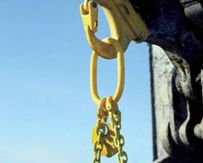 links also serve as connection points between rigging equipment and hardware.
links also serve as connection points between rigging equipment and hardware.
Because of their oblong shape, they are ideal for attaching to crane hooks that have a large measurement from the bearing of the bowl to the bottom of the hook—known as the hook saddle. Crane hooks typically measure larger in the hook saddle area than in the width area.
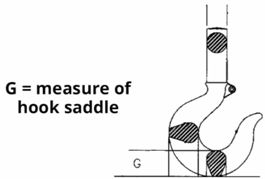
Oblong master links can also be used to connect a shackle to a crane hook, a hook to a shackle, and other various rigging assemblies.
---Master Link Sub-Assembly
If there are more than two sling legs in an assembly, a master link sub-assembly may be used in place of a single master link. While it is possible to have three to four legs attached to a single master link, this often requires extremely heavy, thick master links that are difficult to manage.
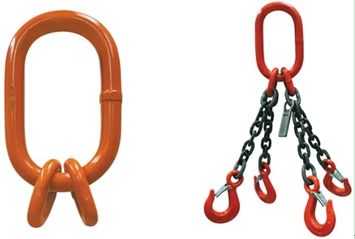
Sub-assemblies consist of two master coupling links attached to an oblong master link. Rather than attaching all four sling legs to a master link, they can now be split between the two sub-assembly links.
The use of sub-assemblies helps to reduce the size of the master link—extremely large master links can be upwards of 3 inches in diameter—while maintaining a Working Load Limit (WLL) comparable to a much larger master link.
---Pear-Shaped Master Link
Pear-shaped links are similar to an oblong master link but, like the name suggests, are pear-shaped rather than oblong. Pear-shaped links—like oblong master links— are also used for multiple-leg chain slings, wire rope bridles, and various rigging connection points. However, pear-shaped links are limited to accommodating smaller sling assemblies with two legs or less.
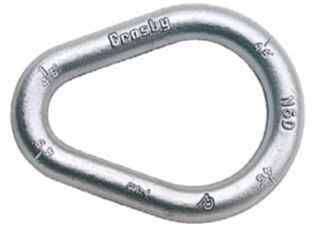
The pear shape of these links makes them ideal for use with very narrow hooks. In some cases, a pear-shaped link will be a snugger fit than an oblong master link, which eliminates load movement from side-to-side on the surface of the hook.
---Master Rings
Master rings are circular, permanently closed rings. Like a master link, they can be used with wire rope bridles, chain sling assemblies, and other rigging connection points. While master rings can be used to accommodate multiple-leg assemblies, it is less common to see a master ring as the collector link than it is to see an oblong master link in that position.
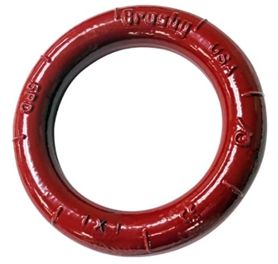
The round shape of a master ring makes it less ideal than an oblong master link for connecting to large, deep crane hooks. Master rings are most often used in fabrication or small machine shops and are otherwise, rarely used. In many cases, an oblong master link could be applied instead.
---Coupling Links
Coupling links may be mechanical or welded and are primarily used to connect a portion of chain to a master link or to a fitting. They may also be used to create a connection between master links, hooks, or other pieces of hardware.
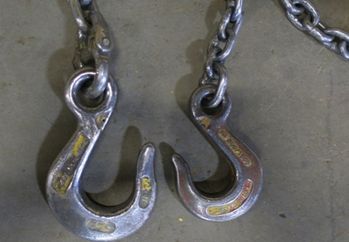
---Welded Coupling Links
Welded coupling links, like every other link in a chain, are connected to the master link or end fitting and welded shut to form a connection.
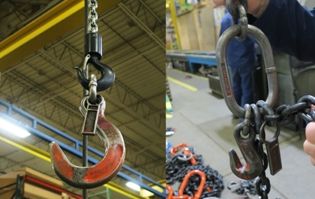
---Mechanical Coupling Links
Mechanical coupling links consist of multiple parts that may include a bushing, bolt, and spring at the center. These mechanical coupling links act as attachment points that hinge at the center.
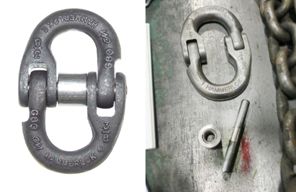
How to correctly using the rigging master link?
1. The main master link used to form the chain sling, wire rope sling, and fiber sling should be a long ring. For other
occasions, a circular ring can be used.
2. The connecting link or master link must use the right type and capacity.
3. It is not allowed to re-use the defective lifting master link or any other riggings after welding.
4. The unmarked lifting ring is confirmed at the end and should not be used.
5. The lifting ring or master link on the lifting rigging component is regularly inspected according to the requirements of
the combined components.
6. The connecting link or master link connected to the chain must have a ring diameter larger than the chain diameter.
7. The number of chains and cables directly connected to a single lifting ring shall not exceed the connection between
the limbs, limbs, cable and main ring.
8. Do not use hammering to correct the twisted master link or other riggings.
9. It is forbidden to throw the rings.
10. Do not pull the loop from under the weight or let the weight roll on the loop.
11. It is not allowed to use a shackle instead of a connecting ring.
12. Replace the connecting ring in the loading and unloading tool on site, allowing the use of a fabricated connecting link.
Find more information about steel wire rope, click:
https://www.huahanmachinery.com/product.html?keywords=link